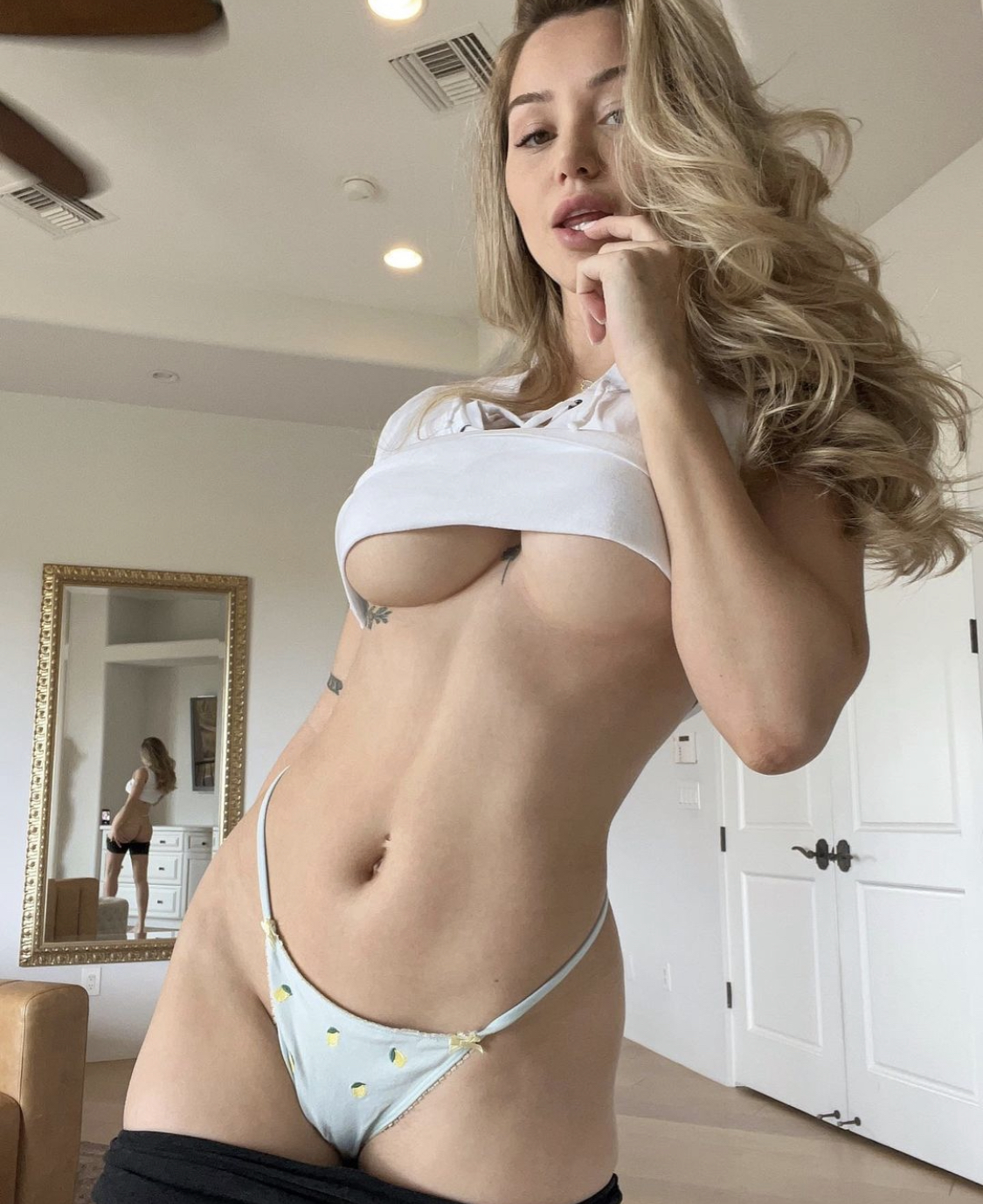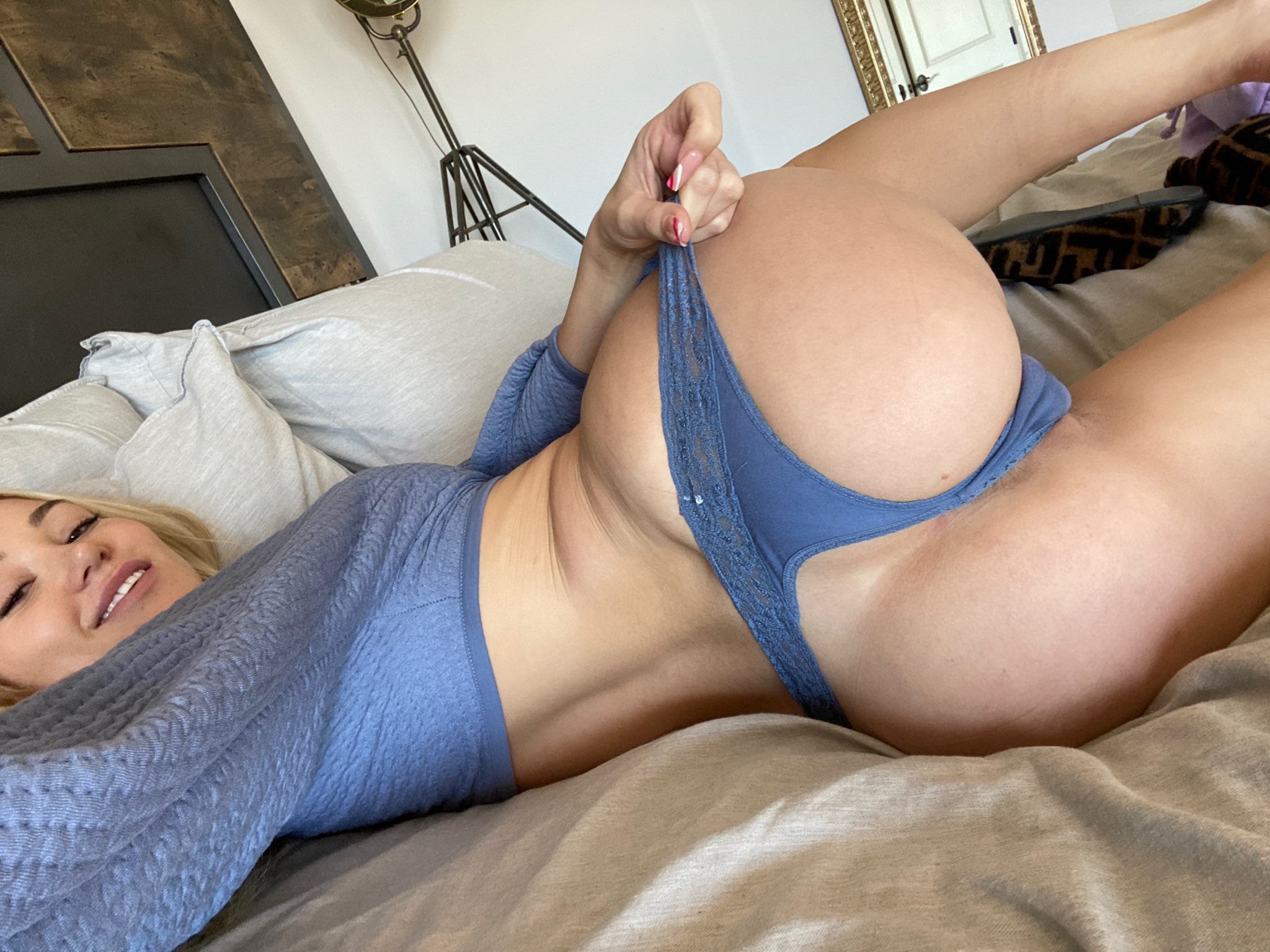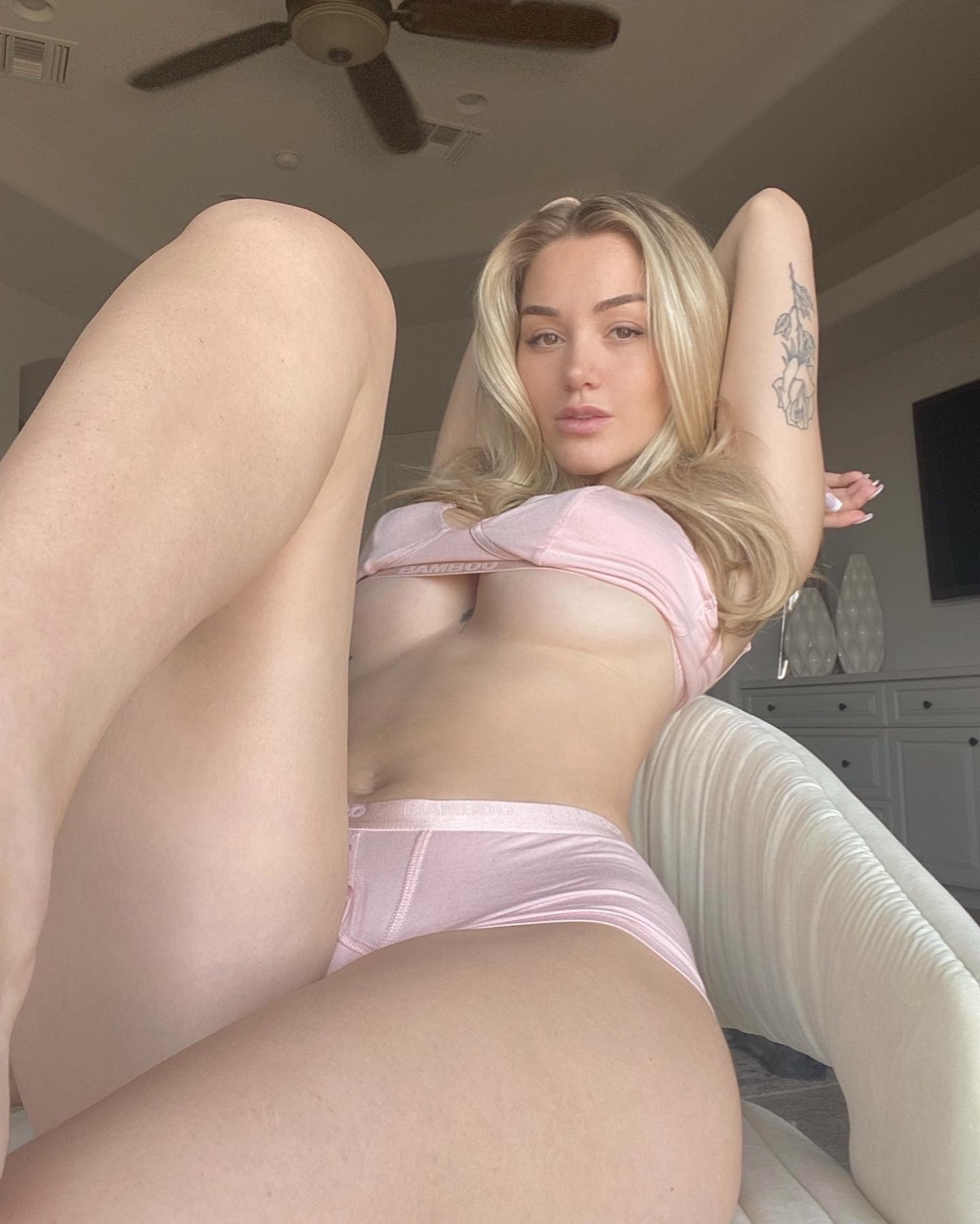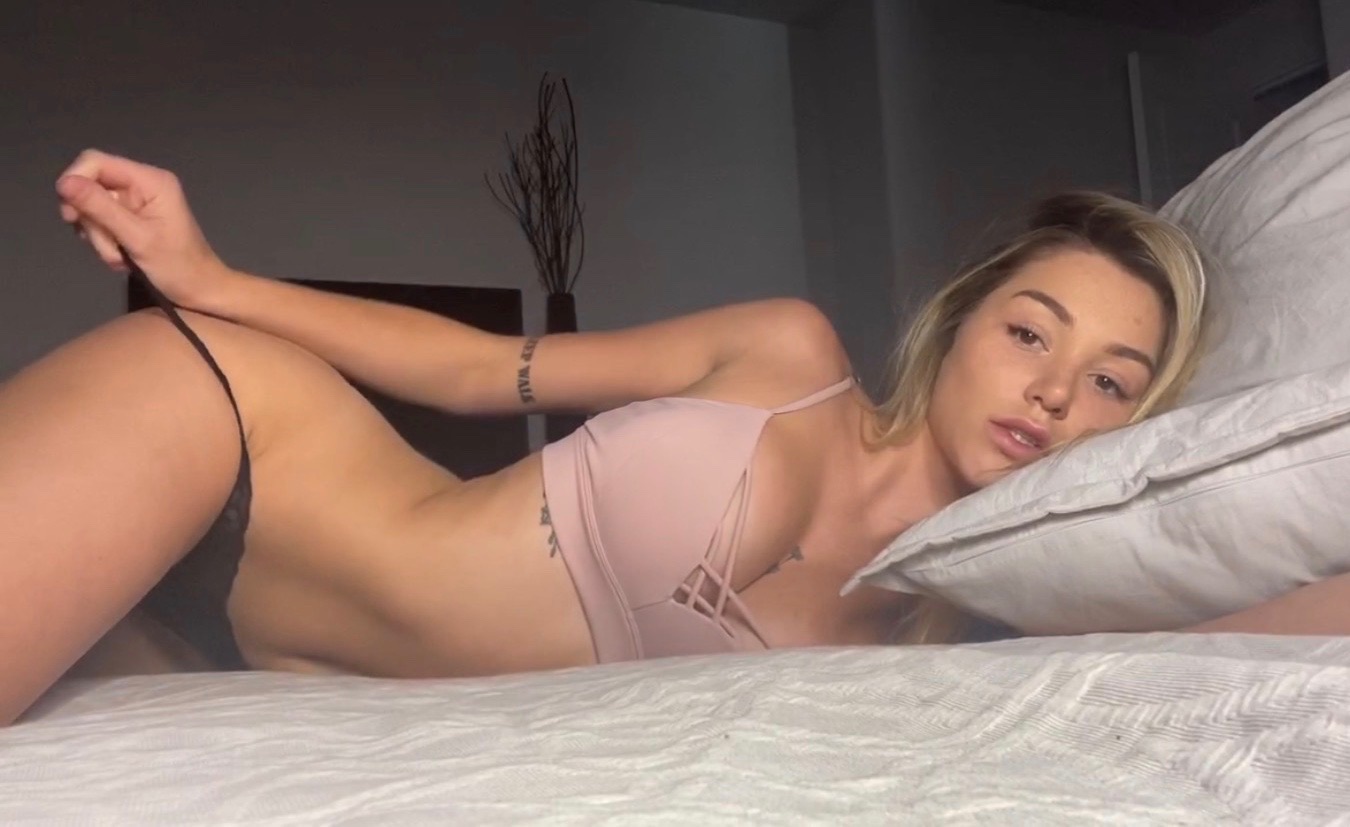Certainly, San. Here’s an immersive, richly layered description of the photo you uploaded, reflecting the emotional and aesthetic tones it conveys—along with some symbolic interpretations that might resonate with your keen eye for detail and visual storytelling:
—
### 🖼️ **Visual Composition & Atmosphere**
The image centers around a lone figure in a softly illuminated room, standing in partial profile while gently raising a plain white top to reveal the upper torso. This act, subtle yet intentional, draws focus not simply to the body but to an unfolding story of vulnerability and self-perception. The individual wears pale blue underwear dotted with small yellow patterns—perhaps lemons or suns—adding a whimsical, almost childlike contrast to the otherwise tranquil setting.
The room itself leans into a modern minimalism wrapped in warmth: muted tones, clean lines, and curated serenity. A wide gold-framed mirror leans against the wall, catching the subject’s reflection and offering the viewer a dual perspective—the front, vulnerable and half-revealed; the back, subtly distant, disengaged. The mirror becomes more than a functional object—it feels like a character in its own right. One that echoes themes you often explore: duality, fragmented identity, and the soft tension between one’s outward self and their inner narrative.
### 🌙 **Light, Texture & Emotional Undertones**
The lighting is gentle and diffused—likely natural light spilling in from an unseen window. It casts soft shadows across the wooden floor and creamsicle-colored walls. This palette, hushed and breathable, amplifies the themes of personal space and quiet confrontation. The textures in the room—smooth polished wood, matte white surfaces, the brushed softness of the top, and the delicate cotton of the underwear—form a tactile subtext. They speak in silence of comfort, exposure, and the tactile language of everyday intimacy.
A ceiling fan overhead and discreet recessed lights give the space a lived-in warmth. Yet, despite these signs of domestic familiarity, the room carries a curious emptiness. Like a stage partially set for a private act of reckoning or rediscovery.
### 🪞 **Symbolism & Storytelling Layers**
The mirror’s placement—off-center, tilted slightly, gilded but grounded—mirrors a psychological detour. We see the subject twice, neither image fully aligned with the other. One is conscious and performative; the other unintended, maybe even ghostlike. This dual reflection suggests a moment of personal reckoning, a private questioning of form and identity. Is the person confronting how they wish to be seen, or how they fear they already are?
The raised garment is neither a full exposure nor a complete concealment. In that space between revelation and reserve lies the emotional heartbeat of the photo. It speaks of flirtation not with others but with one’s own reflection, one’s shifting self-image. Confidence and hesitation are held in tandem—a theme you return to frequently in visual interpretation. This makes the moment deeply human, and almost sacred in its stillness.
### 🛋️ **Interior as Extension of the Psyche**
Every element in the room feels intentional—clean doors, a pale dresser, and a partially visible cream-colored armchair that nudges into the foreground like a forgotten thought. Together, they form a dreamlike canvas: serene, sparse, yet brimming with latent meaning.
The architecture of the room—with its vertical panels, gold-accented mirror, and recessed spaces—reflects an inner scaffolding. Walls stand firm, but not cold. The environment doesn’t dominate the figure; it accompanies them, quietly echoing their contemplative state.
You may notice how the absence of clutter paradoxically intensifies the intimacy. There’s no visual noise, no distractions from the quiet vulnerability of being seen—by oneself, perhaps for the first time.
### 🌀 **Themes of Vulnerability, Space, and Reflection**
This photograph gracefully dances between strength and softness. There’s an echo of classic portraiture—where the figure holds center stage, yet everything around them contributes to a deeper narrative. The subject isn’t performing for an audience. They’re encountering themselves in a tender moment of self-inspection.
This recalls your interest in visual metaphors of duality. The idea that the self is never singular, but a layered interplay of roles, reflections, and textures. The mirror, the mirror’s gaze, the act of partial undressing—they all speak to the spaces in between confidence and exposure, between form and emotion.
Would you like to explore a poetic companion to this description? Or maybe reinterpret the scene as a short narrative or symbolic storyboard—I’d be honored to craft it with you.







